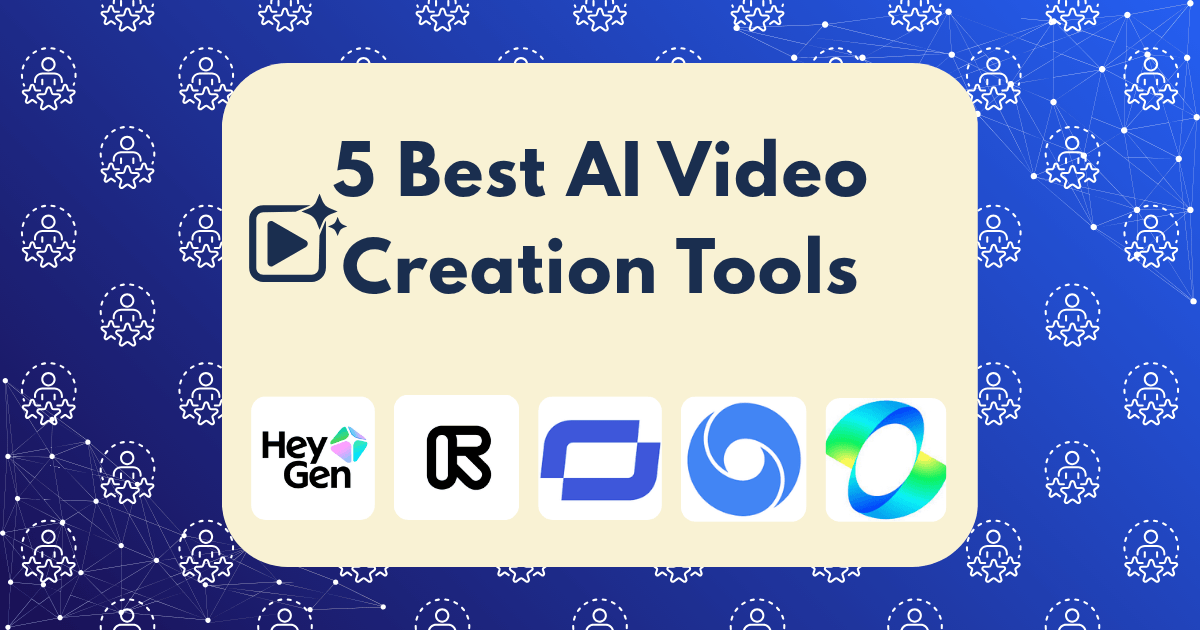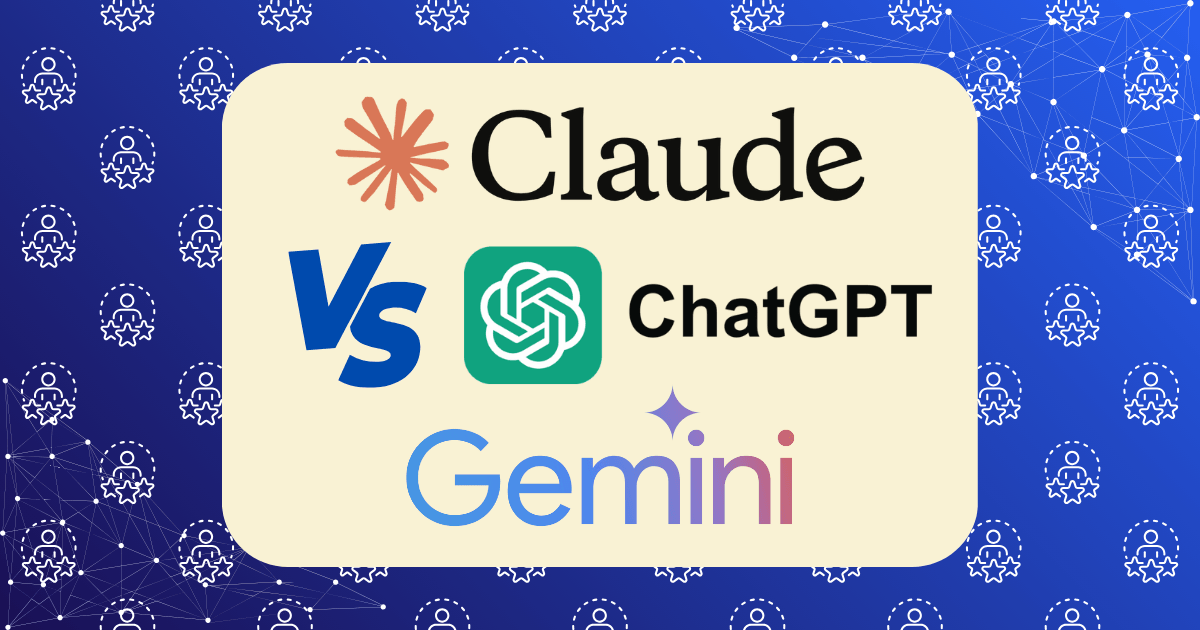Communication Stack: The Tools I Use to Collaborate With a Team Across 5 Time Zones

When I first started building a global team three years ago, our communication was chaotic. Team members in Asia would wake up to dozens of missed messages requiring immediate attention. Our colleagues in Europe felt excluded from decisions made during American working hours. The constant back-and-forth across time zones was exhausting everyone and slowing our progress.
Today, our team spans five time zones—from San Francisco to Singapore—yet we move faster and communicate more effectively than ever before. The difference? A strategically designed communication stack that balances synchronous and asynchronous tools, creating a seamless workflow regardless of when team members are online.
In this post, I’ll share the exact tools we use, how we’ve configured them, and the protocols we’ve established to maintain high productivity while respecting everyone’s work-life balance.
The Psychology of Time Zone Collaboration
Before diving into specific tools, it’s worth understanding the psychological challenges of global team communication:
- Temporal distance: Physical separation combined with time differences creates both practical and psychological barriers
- Presence disparity: Team members in the majority time zone often have an outsized influence on decisions
- Communication anxiety: The fear of missing important discussions or delaying team progress when offline
- Documentation fatigue: The mental load of constantly recording information for asynchronous consumption
Our communication stack is designed specifically to address these psychological barriers while maximizing productivity.
The Four Layers of Effective Global Communication
Through trial and error, I’ve discovered that effective global team communication requires four distinct layers, each served by different tools:
- Knowledge Base: Centralized, permanent information
- Project Management: Task-specific communication and progress tracking
- Asynchronous Communication: Messages that don’t require immediate response
- Synchronous Communication: Real-time interaction during overlap hours
Let’s explore the specific tools we use for each layer and how they work together.
Layer 1: Knowledge Base — Notion
At the foundation of our communication stack is a centralized knowledge base that serves as our “single source of truth.”
Why Notion Works for Global Teams
After experimenting with several options, including Confluence and GitBook, we settled on Notion for several reasons:
- Flexible structure: Combines wikis, databases, and documents in one platform
- Intuitive interface: Low learning curve for team members of varying technical abilities
- Robust search: Makes finding information easy regardless of when it was created
- Permission controls: Granular access settings for different team members and departments
- Version history: Tracks changes and who made them, essential for asynchronous updates
Our Notion Structure
We’ve organized our Notion workspace into five key sections:
- Company Hub: Mission, values, org chart, and company-wide announcements
- Team Spaces: Department-specific knowledge, processes, and resources
- Project Library: Comprehensive documentation for past and current projects
- Meeting Notes: Searchable archive of all meeting notes and decisions
- Employee Handbook: Policies, benefits, and cultural guidelines
Implementation Tip
The most important protocol we’ve established is our “Document, Then Discuss” rule. Any topic requiring team input must first be documented in Notion with:
- Background context
- Current status
- Options being considered
- Specific questions for the team
This ensures that team members in any time zone can contribute meaningfully to decisions.
Layer 2: Project Management — ClickUp
While Notion serves as our knowledge repository, we needed a more structured tool for day-to-day project management and task-specific communication.
Why ClickUp Works for Global Teams
After using Asana, Trello, and Monday.com, we migrated to ClickUp because it offers:
- Multiple views: Kanban boards, lists, calendars, and Gantt charts for different preferences
- Time tracking: Built-in time tracking with time zone awareness
- Customizable workflows: Adaptable to different team processes
- Robust commenting: Thread-based discussions attached directly to tasks
- Automation: Reduces manual updates and notifications
Our ClickUp Configuration
We’ve structured our ClickUp workspace to support asynchronous collaboration:
- Time Zone Visibility: Each team member’s time zone is displayed in their profile
- Status Updates: Automated daily task status updates that compile overnight progress
- Dependency Management: Clear visualization of task dependencies across time zones
- Custom Fields: Including “Waiting for” field to indicate when tasks are blocked
- Templates: Standardized task templates with all necessary information
Implementation Tip
Our most effective protocol is the “Handoff Note” system. When a team member completes their workday, they leave detailed notes on in-progress tasks, including:
- What’s been completed
- Current blockers
- Next steps
- Specific questions for the next person
This creates a seamless workflow as the project moves through different time zones.
Layer 3: Asynchronous Communication — Slack + Loom
For day-to-day communication that doesn’t require immediate responses, we use a combination of text and video-based tools.
Why Slack + Loom Works for Global Teams
Slack serves as our primary text-based communication platform:
- Channel organization: Structured conversations by topic, project, and team
- Threading: Keeps related discussions organized and findable
- Integrations: Connects with our other tools for centralized notifications
- Search functionality: Makes past discussions easily retrievable
- Status indicators: Shows availability and time zone information
For more complex explanations, we use Loom for asynchronous video messaging:
- Screen recording: Demonstrates processes visually
- Face and voice: Adds personal connection and reduces miscommunication
- Playback controls: Viewers can adjust speed and revisit important points
- Comments: Team members can respond to specific moments in videos
- Engagement tracking: Shows who’s watched each video
According to Contact Monkey’s research, asynchronous video tools like Loom are becoming essential for remote teams in 2025, particularly for training and complex explanations.
Our Slack Organization
We’ve structured our Slack workspace to support global communication:
- Time Zone Channels: Dedicated channels for each major time zone
- Project Channels: For project-specific discussions
- Department Channels: For team-specific communication
- Announcement Channels: For important company-wide updates
- Social Channels: For team building and casual conversation
Implementation Tips
Two protocols have dramatically improved our Slack effectiveness:
- Time Zone Tagging: Messages include tags like [ALL], [US-EU], or [ASIA-EU] to indicate which team members should prioritize reading
- Response Expectations: Clear guidelines on expected response times:
- [URGENT]: Within working hours (rare)
- [TODAY]: By end of recipient’s workday
- [TOMORROW]: Within 24 hours
- [FYI]: No response needed
For Loom, we follow the “5-Minute Rule”—videos should be under 5 minutes, with longer topics split into multiple focused videos.
Layer 4: Synchronous Communication — Zoom + Calendly
Despite our emphasis on asynchronous communication, some discussions require real-time interaction. We use a combination of Zoom and Calendly to make the most of our limited overlap hours.
Why Zoom + Calendly Works for Global Teams
Zoom remains our video conferencing tool of choice:
- Reliability: Consistent performance across different countries and connection speeds
- Recording: Automatic cloud recording for team members who can’t attend
- Transcription: AI-generated transcripts for easier reference
- Breakout rooms: For smaller discussions within larger meetings
- Scheduling: Calendar integration with time zone intelligence
Calendly simplifies scheduling across time zones:
- Time zone detection: Automatically displays available times in the viewer’s time zone
- Availability limits: Restricts meetings to designated hours in each person’s workday
- Buffer times: Prevents back-to-back meetings
- Meeting templates: Standardized durations and information collection
- Team scheduling: Finds times when multiple team members are available
Our Meeting Structure
We’ve established three types of synchronous meetings:
- Global All-Hands: Monthly 60-minute meeting scheduled at rotating times to share the inconvenience
- Regional Syncs: Weekly 30-minute meetings within similar time zones
- Overlap Collaborations: 60-90 minute working sessions during the 2-3 hours when most team members are online
Implementation Tips
Our most effective protocol is the “Agenda First” rule—every meeting must have a documented agenda in Notion at least 24 hours in advance, allowing team members to:
- Add topics they want to discuss
- Review and prepare for the discussion
- Provide input asynchronously if they can’t attend
After each meeting, notes and recordings are immediately posted in both Notion and the relevant Slack channel.
Integration: The Secret to a Seamless Communication Stack
The power of our communication stack comes not just from the individual tools but from how they work together. Here’s how we’ve integrated these systems:
Notion + ClickUp
- ClickUp tasks are linked to relevant Notion documents
- Project briefs in Notion automatically create task structures in ClickUp
- Weekly project summaries from ClickUp are embedded in Notion dashboards
Slack + ClickUp
- Task updates automatically post to relevant Slack channels
- Slack commands can create and update ClickUp tasks
- Comments in ClickUp can be optionally mirrored to Slack for visibility
Loom + Notion
- Loom videos are embedded directly in Notion documents
- Standard Notion templates include placeholders for Loom explanations
- Notion pages track which Loom videos need updating when processes change
Zoom + Slack + Notion
- Zoom meeting recordings and transcripts are automatically posted to Slack and Notion
- Calendar invites include links to relevant Notion documents
- Slack has dedicated channels for pre/post-meeting discussion
According to The Digital Project Manager, this kind of integration between tools is crucial for effective asynchronous collaboration, particularly for teams working across different time zones.
Time Zone Management Strategies
Beyond the tools themselves, we’ve implemented several strategies specifically for managing time zone differences:
1. Follow-the-Sun Workflow
For urgent projects, we’ve implemented a “follow-the-sun” approach where work continuously progresses through different time zones:
- Asia team works during their day and hands off to Europe
- Europe continues and hands off to Americas
- Americas completes their portion and hands back to Asia
This requires meticulous documentation but allows for 24-hour productivity on critical projects.
2. Time Zone Ambassadors
Each major time zone has a designated “ambassador” responsible for:
- Summarizing key discussions for their region
- Ensuring their region’s concerns are represented in decisions
- Facilitating handoffs between time zones
- Occasionally adjusting their hours for critical cross-region collaboration
3. Rotating Inconvenience
For necessary all-team meetings, we rotate the scheduling to share the burden:
- Week 1: Convenient for Americas, inconvenient for Asia
- Week 2: Convenient for Asia, inconvenient for Europe
- Week 3: Convenient for Europe, inconvenient for Americas
This approach, recommended by QuicklyHire’s research on managing remote teams, ensures no region feels consistently marginalized.
4. Designated Overlap Hours
We’ve identified 2-3 hours of overlap when team members across most time zones can be available if needed:
- 8-10 AM Eastern Time / 2-4 PM Central European / 8-10 PM Singapore
These hours are protected for cross-time zone collaboration, though we use them sparingly.
The Results: Metrics That Matter
Implementing this communication stack has delivered measurable improvements:
- Meeting reduction: 62% decrease in total meeting hours
- Response time: Average response time reduced from 12 hours to 4 hours
- Project velocity: 34% increase in project completion speed
- Team satisfaction: 28% improvement in communication satisfaction scores
- Work-life balance: 47% reduction in after-hours messages
Most importantly, we’ve eliminated the “time zone tax”—the productivity and morale cost of poor global communication.
Common Pitfalls to Avoid
In building our communication stack, we’ve encountered several pitfalls that other global teams should avoid:
1. Tool Proliferation
Problem: Adding too many specialized tools creates confusion and context switching
Solution: Limit your stack to 4-5 core tools that integrate well together
2. Synchronous Default
Problem: Defaulting to real-time communication despite time zone constraints
Solution: Establish “asynchronous first” as your team’s communication principle
3. Documentation Inconsistency
Problem: Inconsistent documentation making information hard to find
Solution: Create and enforce templates for common communication types
4. Notification Fatigue
Problem: Constant notifications across tools disrupting focus
Solution: Implement notification protocols and designated focus time
5. Cultural Insensitivity
Problem: Ignoring cultural differences in communication styles
Solution: Create communication guidelines that respect cultural diversity
Implementation Plan: Building Your Global Communication Stack
If you’re managing a team across multiple time zones, here’s a phased approach to implementing a similar communication stack:
Phase 1: Foundation (Weeks 1-2)
- Set up Notion as your knowledge base
- Establish basic documentation templates
- Create initial team guidelines for communication
Phase 2: Structure (Weeks 3-4)
- Implement ClickUp with appropriate workflows
- Configure Slack channels and communication protocols
- Train team on asynchronous communication best practices
Phase 3: Integration (Weeks 5-6)
- Connect tools through available integrations
- Develop cross-tool workflows
- Create standard operating procedures
Phase 4: Optimization (Weeks 7-8)
- Gather team feedback
- Refine protocols based on actual usage
- Measure and improve key metrics
The Future of Global Team Communication
As we look ahead to late 2025 and beyond, several emerging trends will shape global team communication:
1. AI-Powered Assistance
AI tools are increasingly helping bridge time zone gaps through:
- Automated meeting summaries and action items
- Smart scheduling that optimizes for team preferences
- Real-time translation for multilingual teams
- Predictive responses based on past communications
2. Virtual Reality Collaboration
VR collaboration spaces are becoming more practical for global teams:
- Shared virtual offices for more immersive interaction
- Spatial audio for more natural conversation flow
- Persistent collaboration spaces that exist across time zones
- Mixed reality annotations for design and technical discussions
3. Asynchronous-First Design
Tools are increasingly being built with asynchronous communication as the default:
- More sophisticated threading and context preservation
- Enhanced video messaging with interactive elements
- Time zone intelligence built into all communication features
- “Time-shifted” participation options for traditionally synchronous activities
Conclusion: The Competitive Advantage of Effective Global Communication
In today’s business landscape, the ability to collaborate effectively across time zones isn’t just a nice-to-have—it’s a significant competitive advantage. Teams that master global communication can:
- Access global talent regardless of location
- Provide 24/7 coverage for critical functions
- Bring diverse perspectives to problem-solving
- Move faster than competitors constrained by geography
The communication stack I’ve outlined has transformed our team’s ability to execute across five time zones. By thoughtfully combining knowledge management, project tracking, asynchronous messaging, and strategic synchronous communication, we’ve eliminated the barriers of temporal distance while preserving the benefits of a global workforce.
What communication challenges is your team facing across time zones? Share your experiences in the comments below!







